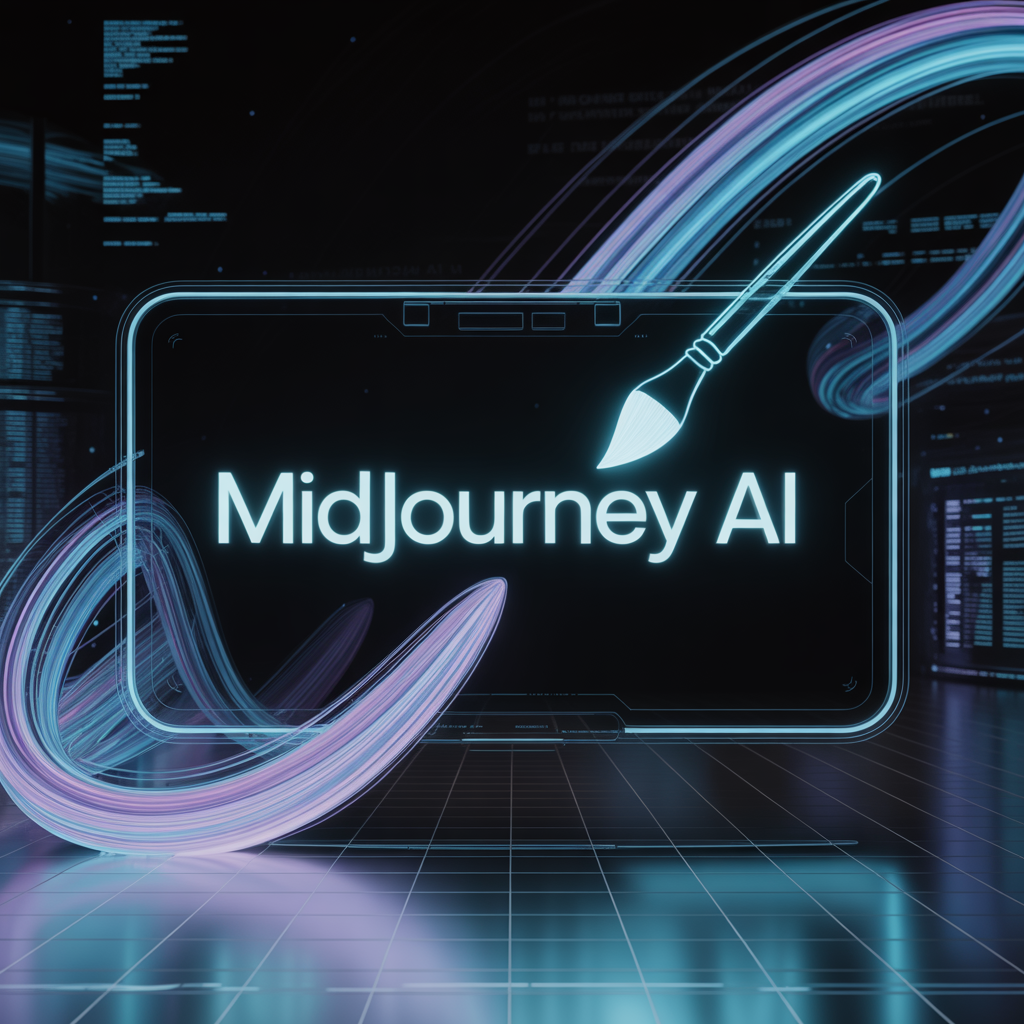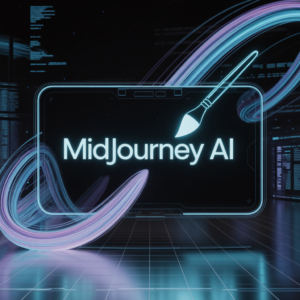By Gudstory Org AI News (May 24, 2025)
Midjourney AI: Revolutionizing Digital Art Through Text-to-Image Generation
Midjourney AI has quickly become a standout in the world of digital art tools, offering a powerful yet user-friendly way to create visually stunning content. Its innovative technology has redefined how artists, designers, and creatives develop visual assets, making the process faster, easier, and more intuitive than ever before.
Understanding Midjourney AI
At its core, Midjourney AI is an advanced tool that transforms written descriptions into detailed digital images. Founded by David Holz, this AI-powered platform uses sophisticated machine learning techniques and neural networks to interpret user input and render original artwork. Unlike conventional design tools that often demand specialized training, Midjourney empowers users to generate professional-grade visuals using simple text prompts.
What sets Midjourney apart is its unique interface—hosted entirely on Discord. This makes the platform highly interactive and community-driven. Users communicate with the Midjourney bot by entering prompts and commands, receiving AI-generated images in return within minutes. This system has cultivated a thriving creative community where ideas are exchanged and collaboration is encouraged.
How the Technology Works
Midjourney operates using diffusion models—an innovative form of generative AI that reshapes how visuals are created. These models are trained to understand and generate images by progressively adding and removing noise, learning to associate words with visual elements.
When a user submits a text prompt, the AI analyzes it using natural language processing, identifying key concepts, stylistic preferences, and contextual cues. The system then generates multiple image options, giving users the ability to choose or refine results. Over time, the AI improves based on user feedback, enhancing its ability to handle increasingly complex requests.
Trained on extensive datasets that pair text with imagery, Midjourney can interpret artistic styles, color schemes, composition rules, and cultural themes. As a result, it can produce a wide range of visuals—from realistic portraits and dreamy landscapes to abstract designs and architectural mockups.
Noteworthy Features and Functionality
Midjourney stands out due to several key features. Its strength lies in its artistic output, which often blends realism with imaginative aesthetics. Users can influence results by referencing specific art styles, famous creators, or combining multiple elements in a single prompt.
The tool supports various aspect ratios and resolution settings, making it adaptable for different uses—whether for social media, print, or digital media. Advanced users can take advantage of detailed parameters to adjust composition, stylization, and creative unpredictability.
With each software update, Midjourney has improved significantly—delivering better image clarity, quicker response times, and a deeper understanding of prompts. The latest versions excel at handling intricate details like facial expressions, anatomy, and texture, placing the tool among the best in the AI art generation market.
Use Cases Across Sectors
Midjourney AI’s versatility has made it valuable across multiple industries. In digital marketing, it’s used to create eye-catching visuals for campaigns, ads, and social content—often replacing the need for costly graphic design services or photography.
Content creators, bloggers, and writers use the platform to develop custom visuals that enhance their storytelling. It’s especially useful for solo creators or small teams who want high-quality images without hiring a designer.
In entertainment and gaming, Midjourney is leveraged by concept artists and developers to visualize characters, settings, and props during early design phases. This streamlines brainstorming and enhances team communication.
Educational institutions are also adopting the tool as a way to encourage visual learning and creativity. Students can experiment with artistic ideas, illustrate academic subjects, or develop unique visuals for school projects—bringing more engagement to the learning process.
Position in the Market and Competitive Landscape
Midjourney competes in a growing space that includes tools like DALL·E, Stable Diffusion, and Adobe Firefly. However, its strong emphasis on artistic quality and its community-based platform have helped it stand out. The Discord-based environment has created a collaborative atmosphere where users freely exchange knowledge and artistic techniques.
Its subscription-based model has proven successful, attracting a large user base and generating revenue to support continuous platform development. Analysts believe Midjourney will remain a leader in the AI-generated art space as demand for accessible creative tools continues to climb.
Traditional software providers are now taking cues from Midjourney, incorporating AI capabilities into their products to keep pace with user expectations.
Looking Ahead: Innovation and Ethical Concerns
As the platform matures, developers are focused on boosting image realism, better understanding nuanced prompts, and reducing processing time. Future expansions could include video generation, 3D modeling capabilities, and deeper integration with professional design software.
However, with growth come important discussions. Issues such as intellectual property, artist compensation, and ethical AI use are becoming more prominent. Questions about the rights of artists whose work may have been used to train AI models are driving ongoing debates and shaping new policies.
Midjourney AI marks a major shift in digital creativity—providing unparalleled access to powerful tools while also challenging traditional ideas of authorship and artistic ownership. As it continues to evolve, its influence on content creation, education, and visual communication will only deepen, making it a cornerstone of modern creative workflows.


